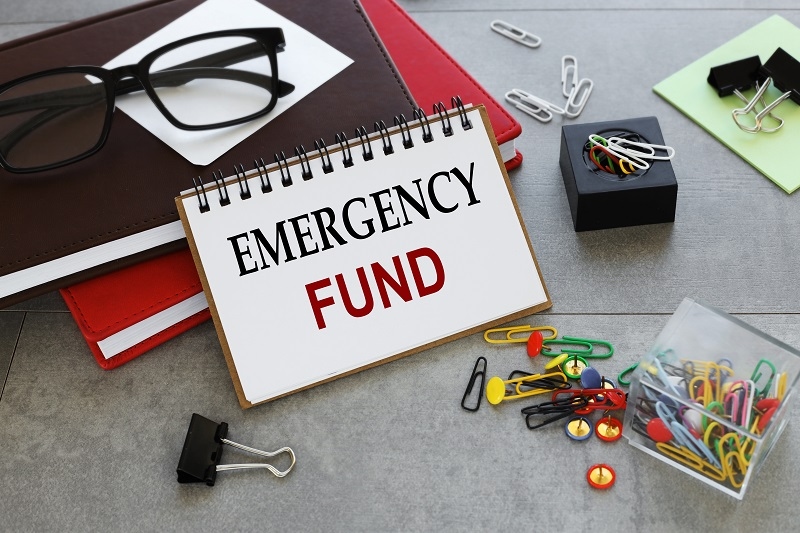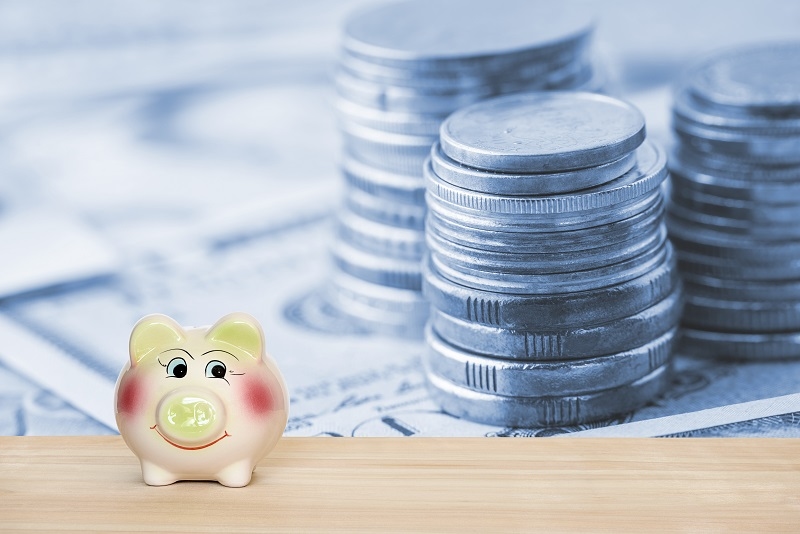
If life has shown us anything, it's to anticipate the unexpected. A layoff, car repair, or unexpected medical bill can derail your finances if you don't have a financial cushion. That's why how to create an emergency fund should be near the top of everyone's list who is working towards financial security. The good news is, even if you're paycheck-to-paycheck, you can start. With a few tips to save for emergencies and some low-cost saving strategies, you can build a buffer that insulates you when things are rough.
Here in this guide, we will discuss the core components of an emergency fund—how important it is, how much to save, and how to save quickly even if cash is tight. And at the end, you will have a concrete plan to begin to build your financial safety net today.
Your emergency fund is your financial safety net. It's not for vacations, shopping trips, or discretionary splurges—it's your backup when life's expenses arise unexpectedly. Without one, you'll risk going into debt, using high-interest credit cards, or even borrowing funds just to tread water.
Simply stated: before investing, purchasing a home, or planning for major money goals, you should first put in place your emergency fund.
Financial advisors usually suggest saving three to six months' living costs. This will include necessities such as mortgage or rent, utilities, food, transportation, and insurance. But the "right" amount varies according to your circumstances:
Don’t let these numbers intimidate you. Even $500 to $1,000 saved can make a huge difference in avoiding debt when an unexpected bill shows up. The key is to start small and stay consistent.
When it already seems like your budget is stretched too thin, saving may seem out of the question. But the fastest ways to save don't always mean making drastic changes. Instead, concentrate on little, consistent steps that accumulate over time:
Establish an automatic transfer from checking to savings immediately following payday. Make it a bill that you cannot do without. Even $20 a week amounts to more than $1,000 a year.
Shut off subscription services that you don't use, eat meals at home rather than ordering takeout, or reduce your cell phone service plan. Put that money directly into your emergency fund.
Tax refunds, work bonuses, or cash gifts should go directly into your emergency fund rather than splurges.
Unused gadgets, clothes, or furniture can earn you quick money. Use online platforms to convert clutter into savings.
A few hours of freelance work, rideshare driving, or online tutoring a week can accelerate your savings process.

Saving doesn't necessarily involve earning more money—it's about maximizing what you already earn. These cost-saving methods can help lighten the load on your emergency fund without sacrificing anything.
The Envelope System: Spend money into envelopes per spending category, and whatever is left over, you save.
Small, deliberate changes keep you on track without disrupting your daily life.
If you think you're living check-to-check, saving for an emergency fund may seem out of reach. But even when living paycheck-to-paycheck, you can make headway. Here are some paycheck-to-paycheck savings ideas:
It is more about the consistency than the amount. Eventually, these small contributions really add up.
Your emergency fund needs to be easily accessible, but it should also be separate from your daily spending account. Here are some of the safe options:
Don't keep your emergency fund in investment accounts where funds are locked up or subject to market risk. This is about security and liquidity, not returns.
Your emergency fund is the outer layer of your financial safety net, but there should be more. Once you have saved at least three months' worth of expenses, consider other defensive measures:
These layers together protect your finances from immediate emergencies as well as long-term uncertainty.
Even clearing roadblocks can be a challenge when it comes to building an emergency fund. Here’s how to manage these challenges:
To make it realistic, here are some situations where your emergency fund really counts:
Having money in an account = an easier solution with less stress when life happens.
An emergency fund not only helps you deal with the unexpected, but it also increases your overall financial life in the following manner:
It is not merely about surviving emergencies: it is all about being in control and thriving.
When you learn how to set up an emergency fund, you'll be well on your way to becoming financially savvy. If you have saving tips for emergencies, better ways to save quickly, and budget-friendly saving strategies, you'll build a solid financial safety net even if you're living paycheck to paycheck.
It's important to start small, be consistent, and mindful. Every deposit, no matter how small, builds your buffer against life's surprises. You don't have to wait until the next catastrophe to be reminded of why you need savings; you can start funding your savings now.
This content was created by AI